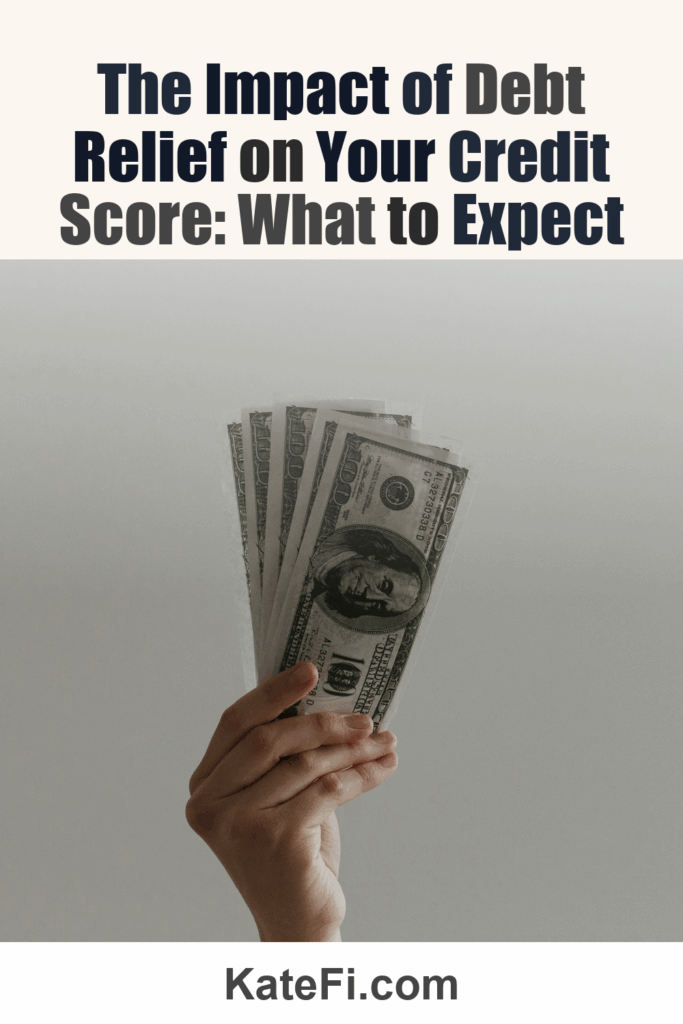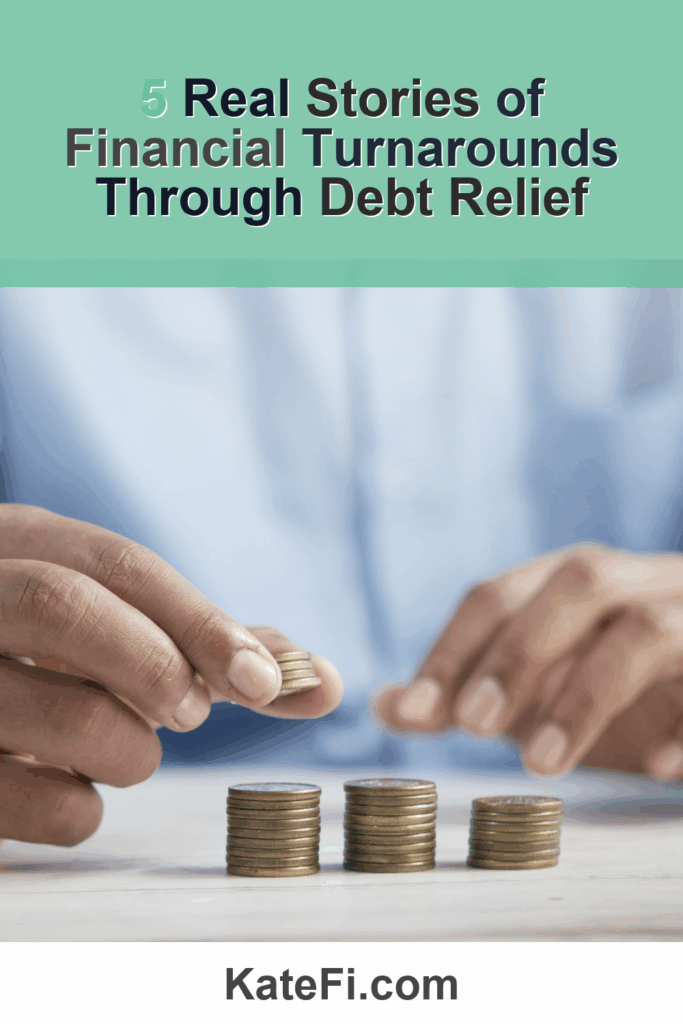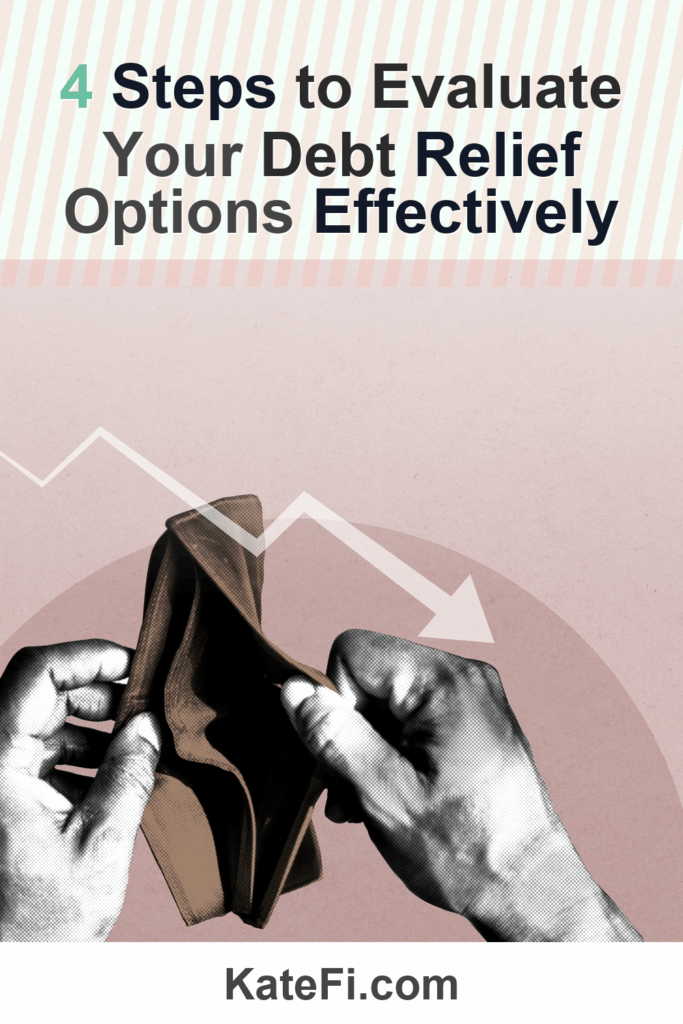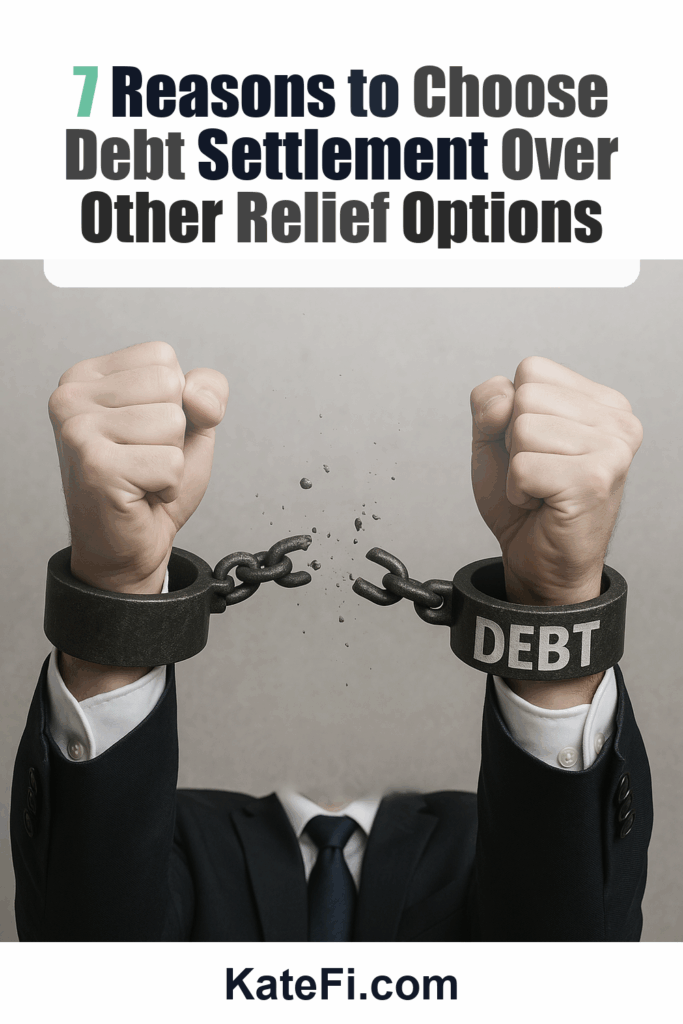7 Effective Ways to Cut Monthly Expenses for Faster Debt Relief
Living with debt can feel like carrying an enormous weight on your shoulders. If you’re looking for ways to cut down on your monthly expenses and speed up your journey towards financial freedom, you’re not alone. Many people struggle with debt and are actively seeking relief. However, while there are legitimate ways to seek assistance, the unfortunate truth is that there are numerous debt-relief scams that prey on vulnerable individuals. This guide aims to equip you with effective strategies to cut expenses while avoiding common pitfalls.
Love our content? Show your support by following us — pretty please!🥺
FOLLOW ON PINTEREST
Hi! I’m Kate, the face behind KateFi.com—a blog all about making life easier and more affordable.
Before we dive into these strategies, consider taking the first step toward a brighter financial future by getting a free consultation to review your options. Knowledge is power, and understanding your choices can pave the way for successful debt relief.
1. Create a Detailed Budget
What You’ll Learn on the Call
- Estimated timeline and monthly payment range
- How credit may be affected in the short term
- What documents to gather to move faster
Not available in IL, KS, OR, TN, UT, WV.
The foundation of effective expense management starts with a clear budget. Not only does a budget help you identify where your money is going, but it also pinpoints areas where you can cut back. Here’s a practical checklist to get started:
- Gather Your Income Statements: Collect pay stubs, freelance income, or any other sources of income.
- List Your Fixed Expenses: Rent, utilities, insurance, and loan payments.
- Identify Variable Expenses: Groceries, entertainment, dining out, and discretionary spending.
- Track Your Spending: Use apps or spreadsheets to categorize your expenses.
Once you have a comprehensive view of your finances, look for discretionary areas to reduce costs. For instance, if you find you’re spending too much on eating out, consider cooking at home more often.
2. Trim Down Unnecessary Subscriptions
In today’s digital age, subscriptions can pile up quickly. From streaming services to gym memberships, these small monthly payments can add up. Review your subscriptions with the following script:
- List all active subscriptions: Netflix, Hulu, Spotify, etc.
- Assess your usage: Are you really watching those shows or using that app?
- Cancel or downgrade: If a subscription is gathering dust, cut it. You can always resubscribe later if you find it’s something you truly miss.
Each service you cancel could free up valuable cash for debt repayment.
✅ See If You Qualify for Debt Relief
3. Negotiate Bills and Payments
Understand pros/cons of settlement vs consolidation vs DMP for your exact mix of debts.
Not available in IL, KS, OR, TN, UT, WV.
Don’t shy away from negotiating your bills. Many service providers are willing to discuss lower rates, especially if you mention you’re considering switching to a competitor. Here’s a quick script you can use when calling:
“Hi, I’m a current customer and would like to know if there are any promotions or ways to lower my current bill. I’m also looking at options from competitors.”
Be prepared for questions and provide information about competing offers if available.
4. Consider Side Hustles
Lower Your Unsecured Debt
If you have $5,000+ in credit card or personal loan debt, a free consult can review options like settlement or hardship plans.
- One-on-one call to review your debts and goals
- See potential monthly payment reductions
- No obligation to enroll
Not available in IL, KS, OR, TN, UT, WV.
To accelerate debt relief, consider picking up a side gig. Whether it’s freelance work, driving for a rideshare service, or selling handmade items online, extra income can significantly reduce your financial burden. Here’s how to get started:
- Identify Your Skills: What can you do well? Writing, graphic design, tutoring?
- Choose a Side Gig: Research options that suit your lifestyle and availability.
- Set Goals: Aim to direct all side income toward debt repayment.
Remember, every little bit helps, and that extra cash can turn into a significant reduction in your debt over time.
5. Cut Back on Utilities
Utility bills can be a hidden source of excess spending. Implement these strategies to lower your utility costs:
- Adjust Your Thermostat: Lowering the heat by a few degrees in winter or raising the air conditioning in summer can save money.
- Use Energy-Efficient Appliances: Switch to LED bulbs, and unplug devices when not in use.
- Shop for Better Rates: Research and compare utility providers if your state allows it.
Cutting your utility bills not only helps you save money but can also contribute to a more sustainable lifestyle.
6. Explore Debt Management Options
Understanding your debt relief options is crucial, and it’s where many individuals get caught in scams. Legitimate debt relief programs can help consolidate your debts and provide structured repayment plans. For tailored solutions, consider getting a free consultation. Here’s a quick overview of options:
| Debt Relief Option | Description | Pros | Cons |
|---|---|---|---|
| Debt Consolidation | Combining multiple debts into one loan with lower interest | Simplified payments; lower interest | Potential fees; longer repayment |
| Credit Counseling | Professional advice on managing debts | Budgeting help; tailored plans | May have service fees |
| Debt Settlement | Negotiating to pay less than owed | Possible debt reduction | Can impact credit score |
| Bankruptcy | Legal process for discharging debts | Complete debt relief possible | Major credit impact |
Always do thorough research before choosing a path to ensure it aligns with your financial situation.
✅ See If You Qualify for Debt Relief
7. Build an Emergency Fund
While this might seem counterintuitive when focused on paying off debt, having an emergency fund can actually prevent further debt accumulation. A small fund can help cover unexpected expenses that could otherwise lead to new credit card charges.
- Start Small: Aim for $500 to $1,000 initially.
- Save Automatically: Set up a direct deposit to a separate savings account.
- Replenish as Needed: If you dip into the fund, prioritize refilling it.
This fund will provide peace of mind and reduce the likelihood of falling into more debt due to unforeseen circumstances.
Credit Impact and Essential Documents
As you implement these strategies, it’s crucial to be aware of how they may affect your credit score. Debt relief methods such as settlements and consolidations can impact your credit report. Be sure to maintain open communication with creditors and consider seeking professional advice if you’re unsure.
To expedite your debt relief consultation, gather the following documents:
- Income statements (pay stubs, tax returns)
- Current bills and statements (credit cards, loans)
- Monthly budget and expense records
- Recent credit reports
Being organized will allow for a smoother consultation process and better options tailored to your situation.
✅ See If You Qualify for Debt Relief
Important: This content is for education only—not legal, tax, or financial advice. Results and eligible programs vary by situation and state. Fees apply if you enroll and complete a program. Debt relief can affect credit; missed payments may lead to collections/lawsuits. Not available in IL, KS, OR, TN, UT, WV.
In conclusion, cutting monthly expenses for faster debt relief is achievable with diligence and the right strategies. While it may seem daunting, by following these seven methods and staying vigilant against scams, you can find your way to a healthier financial future. Remember, if you’re uncertain about the path forward, getting a free consultation can provide clarity and guide you toward the best options tailored to your unique situation.






















